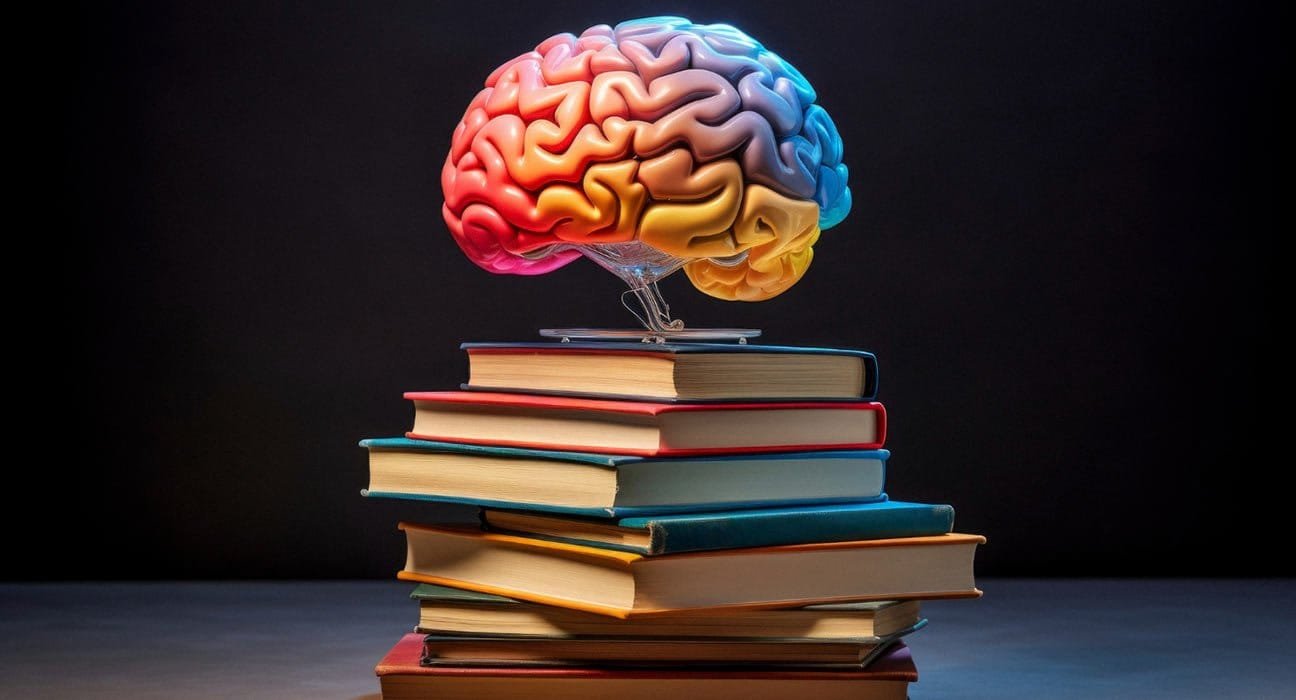At the young age of 30, Louis Victor Leborgne began having epileptic fits and speech impediments. After being admitted to the hospital, he spent the rest of his 21 years of life there. But there was something that made Leborgne different from all the other patients at the psychiatry division- he could only speak one word, “tan”. He communicated all of his needs by way of gestures and understood spoken language well, but could only utter the word “tan”. The word was repeated usually twice in quick succession, regardless of the question asked. This was combined with expressive gestures of various kinds. The most surprising part of his story is that before his fits began, Leborgne could speak clearly without any difficulties. What, then, was the cause of his problem?
Understanding Aphasia
Legorgne suffered from what is now known as Broca’s Aphasia, which is one of eight classically identified aphasias, characterized by nonfluent conversational speech and slow, halting speech production. It is associated with injury to the frontal lobe of the brain- particularly, Broca’s area. The American Psychological Association defines aphasia as an acquired language impairment that results from brain damage typically in the left hemisphere.
It is a neurological condition that affects a person’s ability to communicate effectively. It typically results from damage to the areas of the brain responsible for language processing, most commonly due to stroke, traumatic brain injury, brain tumours, or degenerative neurological diseases such as Alzheimer’s. People have difficulties in communicating – whether it be finding the right word to use, or even something as extreme as losing the ability to speak.
Read More: Understanding Dementia: Signs, Symptoms and Coping Strategies
Types of Aphasia
- Wernicke’s Aphasia – this is a receptive kind of aphasia that affects a person’s ability to understand spoken or written language. They may have perfect speech, but lose the ability to construct coherent, meaningful sentences. Someone with Wernicke’s aphasia might look at a table and call it an egg.
- Broca’s aphasia – this is an expressive kind of aphasia, where people have difficulty producing speech. They may struggle to form sentences, speak in short, fragmented phrases, and experience frustration due to their inability to communicate their thoughts effectively. Louis Leborgne’s example was that of aphasia. He could only speak using the word “tan” and occasionally blurted out other phrases.
- Global aphasia – one of the most severe forms of aphasia, this kind affects both effective and receptive abilities. People suffering from this have significant difficulty speaking, understanding language, reading, and writing. A person with global aphasia may struggle to produce any meaningful speech beyond a few basic words or sounds and may have difficulty understanding spoken language or written text.
Causes
Aphasia is most commonly caused by strokes, brain tumours and cortical degenerative disorders. As seen in Patient Tan’s case above, aphasia can also be caused by epilepsy. Damage to the frontal cortex, which is the frontmost part of our brain lying just under our forehead, is one of the leading causes. Particularly, it is damage to the left hemisphere that causes it. The brain is a sensitive organ and even the slightest of abrasions or atrophy can cause irreversible damage. The area and extent of brain damage or atrophy will determine the type and its symptoms. Trauma or head injuries are also major causes of this disorder.
Read More: Brain waves for Bliss: Nurturing Well-being through Neuro-Harmony
Diagnosis and treatment
To be diagnosed with aphasia, a person’s language must be significantly impaired in one (or more) of the four aspects of communication- spoken language production and comprehension, and written language production and comprehension. Typically, the diagnosis of aphasia requires comprehensive language assessments, to understand the extent and the type of problem.
A distinction needs to be made based on whether the patient is having trouble processing the information or expressing it, or both. This is done to classify the type of aphasia and to move forward with the appropriate type of treatment. Neuroimaging techniques, such as MRIs and CAT scans are used to identify the area of the brain that has been damaged.
In CAT Scans, the degree of blockage of the X-rays is detected and the rest of the imaging is filled in by the computers. MRIs on the other hand use magnetic imaging to identify areas with damage. Treatment for aphasia often involves speech therapy aimed at improving language skills and communication abilities.
Techniques may include language drills, conversational practice, and the use of augmentative and alternative communication (AAC) devices to supplement verbal communication. In some severe cases, medication may also be prescribed. This can help to manage the symptoms or to treat the underlying causes.
In conclusion, we have learnt aphasia is a complex neurological condition that significantly impacts a person’s ability to communicate effectively. Louis Victor Leborgne, also known as Patient Tan, exemplifies the profound effects of aphasia, particularly Broca’s aphasia, characterized by nonfluent speech and difficulty in producing language. Living with aphasia can be extremely difficult. Communicating our needs to those around us is a very important task that we partake in every day- Aphasia damages this very little but very significant part of our lives. Not being able to communicate or comprehend things properly can be extremely frustrating. We need to learn how to communicate with people who are diagnosed with aphasia. It is important to be mindful of their struggles.
References +
- https://dictionary.apa.org/aphasia
- https://en.wikipedia.org/wiki/Aphasia
- https://www.stroke.org/en/about-stroke/effects-of-stroke/cognitive-and-communication-effects-of-stroke/types-of-aphasia
- https://blogs.scientificamerican.com/literally-psyched/the-man-who-couldnt-speakand-how-he-revolutionized-psychology/
